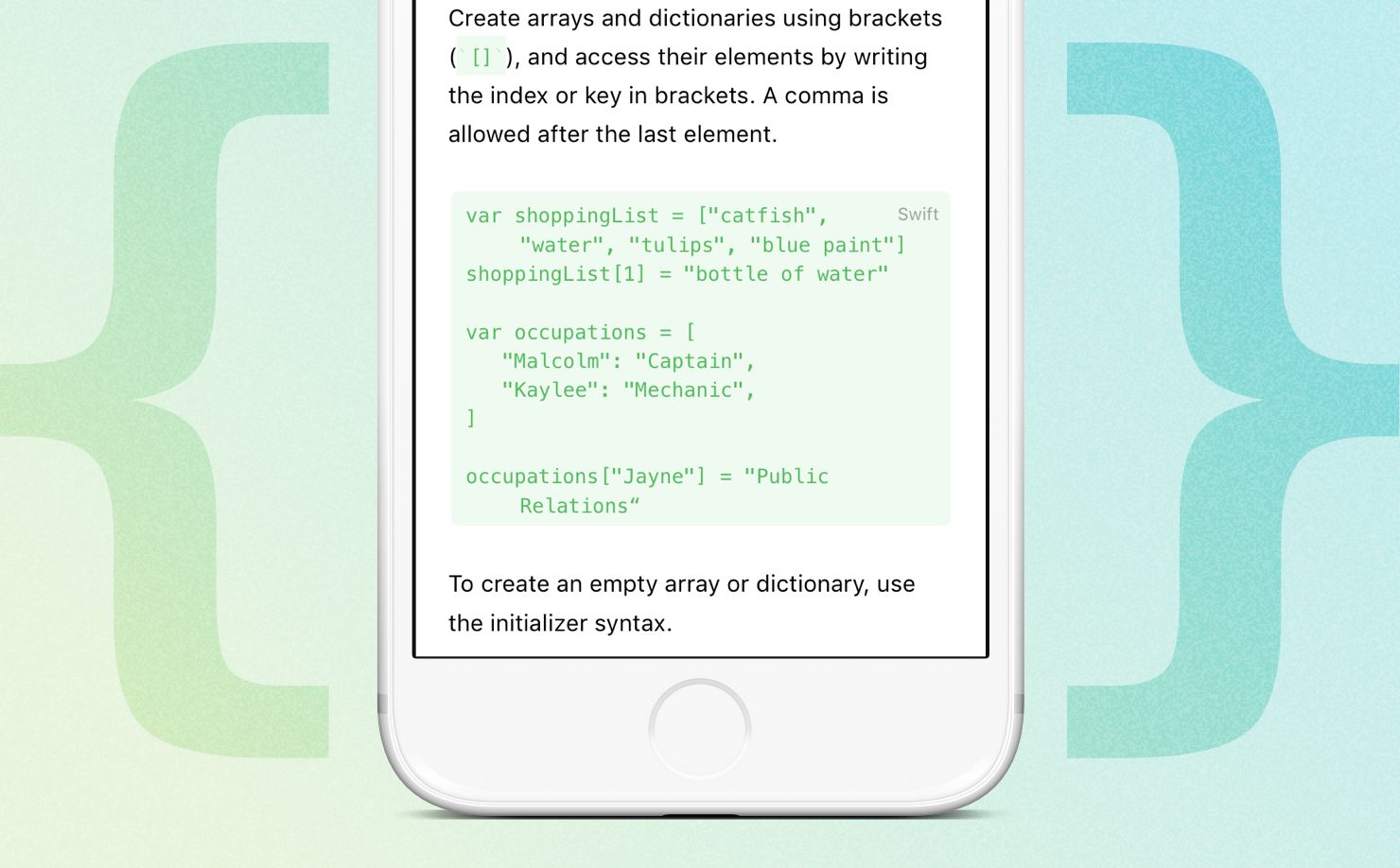

The minimal code to make this work is in main.cpp. Use Dear ImGui v1.89 these are the ones we will need: System and platform we have to introduce some binding for our rendering system.įortunately, there are many premade bindings in Dear ImGui’s repo. OurĮxample application renders a triangle using OpenG元.

Let’s see how easy it is to integrate ImGui in our application. The typical use of ImGui is when you already have a 3D-pipeline enabledĪpplication like a content creation or game development tool where you want toĪdd a GUI. Integrating Dear ImGui in your application Progress bars, buttons, sliders, trees, etc.

It has multiple bindings for different window and events handling librariesĪnd GLUT) and multiple renderers (like OpenGL, DirectX andĭear ImGui comes with lots of widgets like windows, labels, input boxes, Tools to render the data but It’s very easy to integrate into your own code as

It’s renderer agnostic in the way that you have to provide the This paradigm are your UI “lives closer” to your data and that it allows forĭear ImGui is mainly designed for developers to use in content creation andĭebug tools. Of first creating a widget and adding callbacks to it. In that widgets are created and drawn on each frame vs the traditional approach Immediate mode GUI’s are different from the traditional retained-mode interfaces Dear ImGui focuses on simplicity and productivity using what The project is open-source software, licensed Guide if you have not updated yet from 1.X. PleaseĬheck the docs for Conan 2.0 or the migration We have updated the code and explanations in this blogpost to work with Conan 2.0. Here we present a library that makes it possible to Which you may not want if you are making tools that are intended for a variety Traditional GUI libraries add a degree of complexity It is available inexpensively from Amazon and should prove helpful to anyone trying to learn the use of these tools.As developers, many of us have faced the pain of introducing graphical Some of the tutorials evolved in the course of writing this book. The book The Gwx Story recounts in detail writing a program for linear regression and model building using wxSmith and CodeBlocks.
#Codeblocks tutorials install
If you are using Ubuntu Linux or one of its derivatives, you can install them from the Ubuntu Software Center. Our tutorials will start from the very basics and work up to some fairly tricky but very useful techniques.īefore you can use wxSmith, however, you need to install several libraries. Linux users installing from the Ubuntu Software Center, however, should be sure to check the boxes next to all of the "Optional add-ons." As a user, it will look to you like wxSmith is just a part of Code:Blocks. The user, however, downloads, installs, and uses one program. It can also show all the events a component can produce and, on a quick mouse click, will set up the framework for you to code your program's response to the event.Īlthough wxSmith is strictly speaking a plugin to Code::Blocks, that fact is a technicality important only to writers of the program. When you have selected and “dropped” one onto your form, the wxSmith property browser shows you all the component's properties and lets you modify them. Moreover, wxSmith knows a lot about all the major wxWidgets components – buttons, check boxes, radio buttons, drop-down lists and so on. They do assume a basic acquaintance with C++ to recognize what you are looking at in code snippets that form part of the tutorials. The tutorials assume no prior knowledge of Code::Blocks or wxWidgets and are, in fact, good tutorials for learning them also. As you work, you see on the screen the forms you are designing and they look to you just like they will look to the user of your program.
#Codeblocks tutorials mac os x
The combination forms a tool for Rapid Application Development (RAD) that works on Linux, Mac OS X and Windows. Welcome to the wxSmith tutorials page! wxSmith combines with Code::Blocks, wxWidgets and a C++ compiler to give you a WYSIWYG way to create applications with a graphical user interface (GUI).


 0 kommentar(er)
0 kommentar(er)
